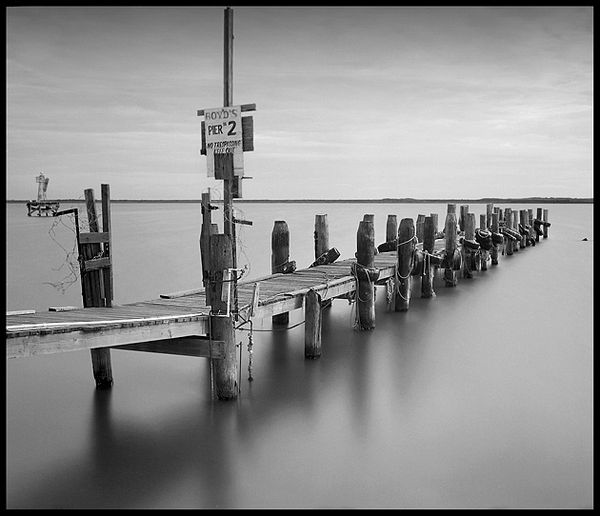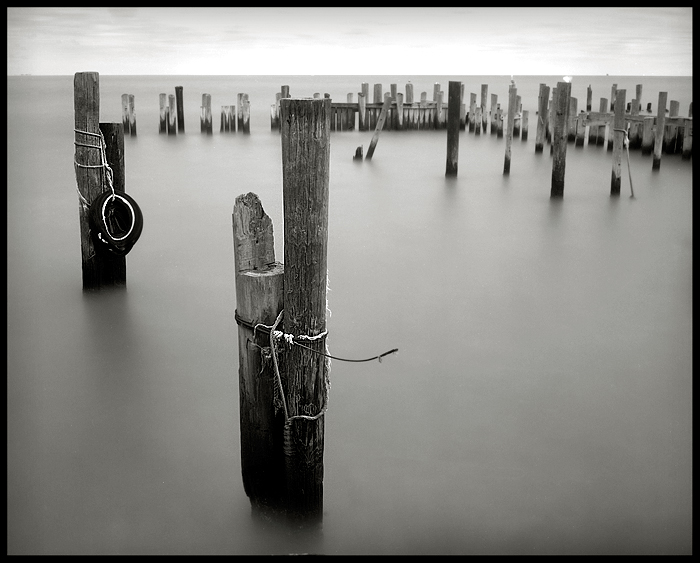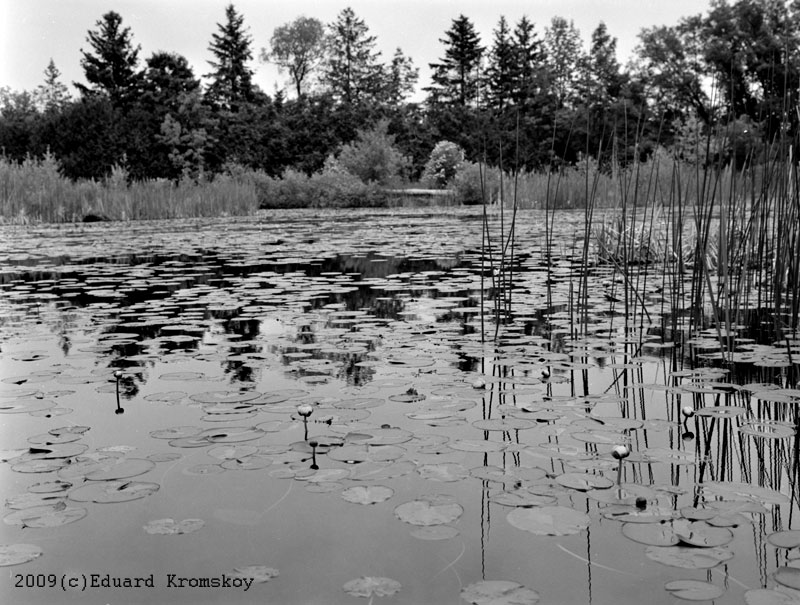Johnmcd
Well-known
Just running a number of different films through my new Mamiya 7.
Very impressed with the Neopan 100 Acros. Very fine grain.
7 minutes in 1:14 Ilfosol 3


100% crop scanned at 1600 dpi with Minolta Dimage Scan Multi Pro. Very fine grain.

Tomorrow I finish a roll of Rollei Retro 100...
Cheers - John
Very impressed with the Neopan 100 Acros. Very fine grain.
7 minutes in 1:14 Ilfosol 3


100% crop scanned at 1600 dpi with Minolta Dimage Scan Multi Pro. Very fine grain.

Tomorrow I finish a roll of Rollei Retro 100...
Cheers - John













